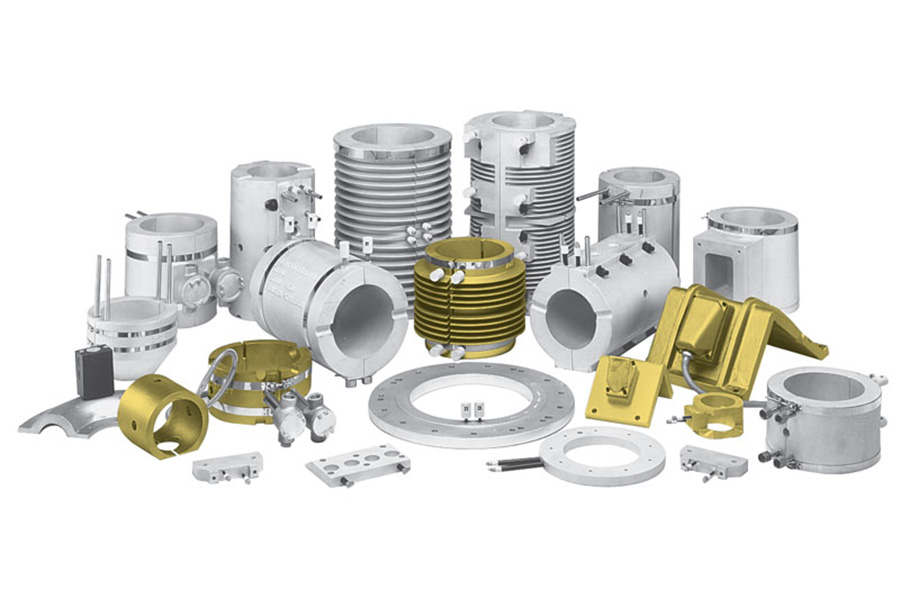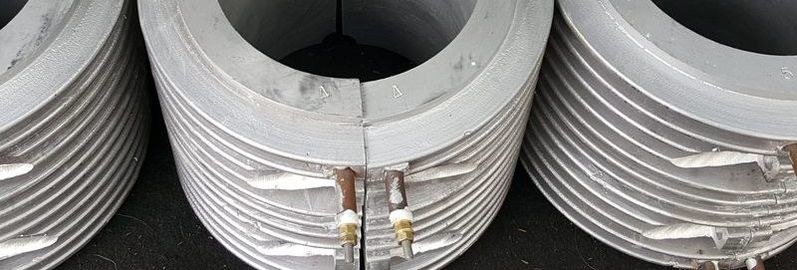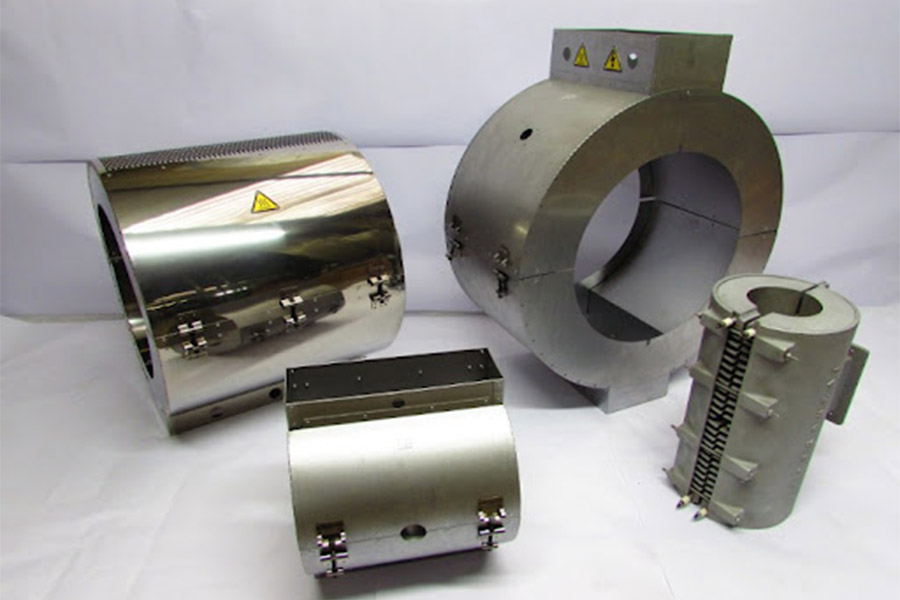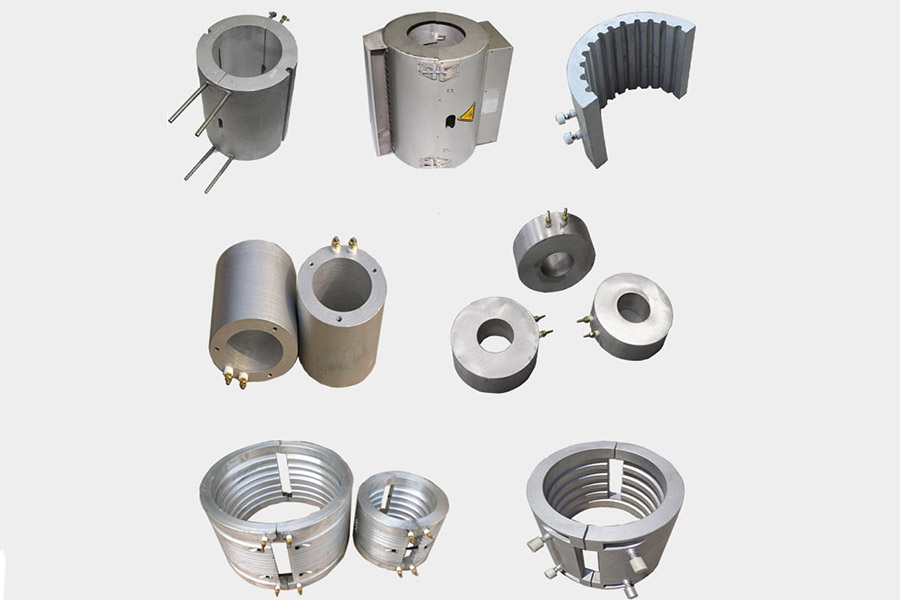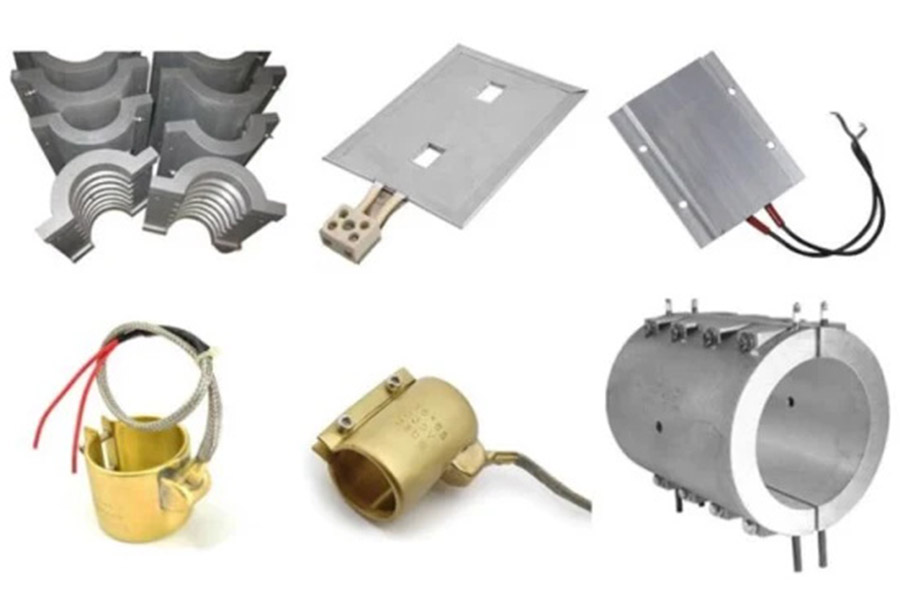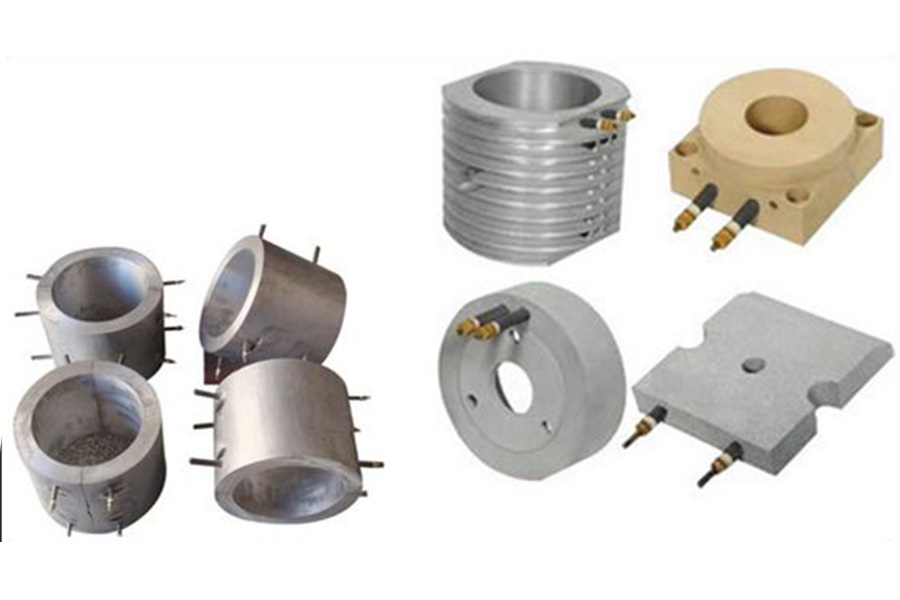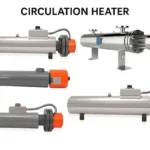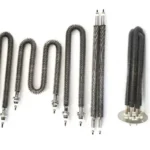Imagine plastic extruders failing mid-production. Temperature inconsistencies ruin batches. Cast-in heaters solve this by embedding elements directly into equipment. They transfer heat perfectly.
Cast-in heaters provide uniform heat transfer for industrial applications. They overcome limitations of surface-mounted options by integrating seamlessly into metal components. This ensures precision heating for plastics manufacturing.
Cast-in technology revolutionized industrial heating. Their performance varies across different applications. The following sections explore critical considerations for implementing these heaters effectively.
Cast-In Heaters: Industry Standards & Critical Applications in Plastics Processing
Plastic pellets clump in feeders. Uneven melting creates defects. Cast-in heaters deliver ISO-compliant thermal accuracy.
Cast-in heaters maintain exact melt temperatures in barrels and nozzles. They prevent material degradation during injection molding. This preserves polymer integrity.
Performance Factors in Plastics Processing
Three considerations determine heater effectiveness:
| Factor | Importance | Cast Heater Advantage |
|---|---|---|
| Temperature Uniformity | Prevents weak flow lines | ±1°C variance across surface |
| Response Time | Reduces cycle delays | 30% faster than band heaters |
| Safety Compliance | Meets plastic industry regulations | UL/CE certified designs |
Thermal consistency directly impacts polymer chain structures. Quick response heaters adjust to throughput changes. Most plastic processors require IEC 60519 safety standards. These heaters embed thermal fuses for overload protection. The casting process insulates electrical components from plastic dust. This eliminates contamination risks during extrusion.
Aluminum vs. Bronze: Choosing the Right Material for Your Cast-In Heater
Aluminum heaters crack under pressure loss. Bronze units resist deformation but heat slower. Material choice determines operational life.
Aluminum transfers heat 40% faster than bronze. Bronze withstands three times more mechanical stress. We select metals based on operating pressure.
Operational Comparison: Aluminum vs Bronze
| Property | Aluminum Cast Heaters | Bronze Cast Heaters |
|---|---|---|
| Thermal Conductivity | 225 W/mK (optimal) | 52 W/mK (slower) |
| Max Pressure Rating | 800 PSI (standard) | 2500 PSI (heavy duty) |
| Corrosion Resistance | Anodized options available | Natural saltwater resistance |
| Cost Efficiency | 75% cost of bronze units | Higher upfront investment |
Hydraulic systems need bronze-core heaters at clamping points. Aluminum suits most injection barrel zones. Marine applications demand bronze’s salt tolerance. Aluminum requires protective treatments in humid environments. We reinforce mounting points on bronze units for high-pressure nozzles.
Replacing Mica Heaters: How Cast-In Ring Heaters Improve Efficiency
Mica heaters degrade after six months. Wasted energy spikes electric bills. Our cast rings last three years with identical input power.
Cast ring heaters achieve 95% thermal transfer efficiency. They eliminate mica’s 15-20% energy loss. The direct metal contact reduces warm-up time.
Mica Replacement Benefits Breakdown
| Performance Metric | Mica Band Heaters | ELEK Cast Ring Heaters | Improvement |
|---|---|---|---|
| Energy Consumption | 15kW typical | 12.5kW equivalent | 17% savings |
| Lifespan | 6-9 months | 3+ years | 400% longer |
| Surface Contact | 60-70% coverage | 95-98% contact | 35% better |
Uneven heating causes stress fractures in dies. We machine heater cavities to match tooling profiles. The thermal paste filling eliminates air pockets. Workers replace heater segments without removing entire assemblies.
High-Temperature Cast-In Heaters: Applications in Extrusion, Sealing & Curing (Up to 750°C)
Thermoset composites cure incompletely. Sealant layers delaminate. Our specialized heaters maintain 750°C stability.
Nickel-chromium elements handle extreme temperatures. Magnesium oxide insulation prevents thermal runaway. This enables precise curing control.
c
Extreme Heat Applications
| Application | Temperature Range | Custom Design Features |
|---|---|---|
| Composite Curing | 600-750°C | Zoned heating for thick materials |
| Hot Runner Systems | 400-500°C | Quick-disconnect terminals |
| Extrusion Dies | 300-450°C | Pressure-rated sheath up to 300 bar |
| Packaging Sealing | 250-350°C | Non-stick PTFE coated surfaces |
Titanium-reinforced elements prevent sagging at 700°C+. We integrate thermocouples every 4 inches for zonal control. Ceramic terminal blocks protect wiring in ovens. Automotive carbon fiber production requires these high-temperature solutions.
Selecting Durable Cast-In Heaters: Shock Resistance, Vibration & Contamination Solutions
Hammer mills shatter heater elements. Metal dust shorts circuits. Our impact-resistant designs withstand industrial punishment.
Compression-cast heaters absorb kinetic energy. Triple-sealed terminals block particulates. Vibration testing exceeds IEC 60068 standards.
Endurance Engineering
| Hazard | Design Countermeasure | Result |
|---|---|---|
| Mechanical Impact | Shock-absorbing alloy matrix | Survives 50G collision forces |
| Vibration Fatigue | Interlocking element support ribs | 10-year warranty for crusher plants |
| Chemical Corrosion | 316L stainless steel sheaths | Resists acids in plating facilities |
| Particulate Ingress | Hermetic glass-to-metal seals | IP68 rating for grain processing |
Miners experience 30% fewer failures with our designs. The manganese-iron alloy dissipates hammer mill vibrations. We encapsulate resistance wires in compressed MIC powders. Washdown-rated versions serve food processing lines.
Conclusion
Cast-in heaters deliver unmatched efficiency and longevity for industrial heating. Choose ELEKHEAT for custom-engineered solutions that withstand extreme operation demands.


